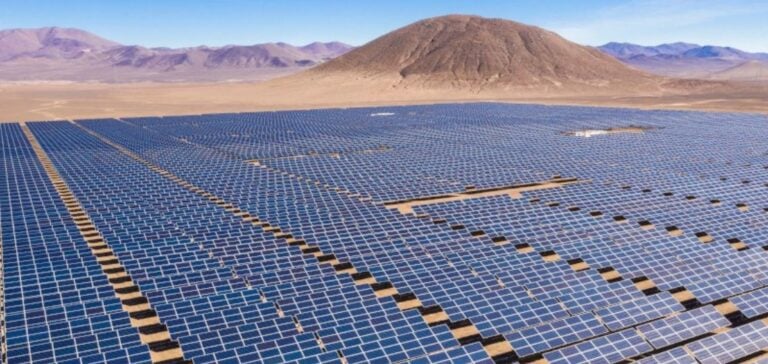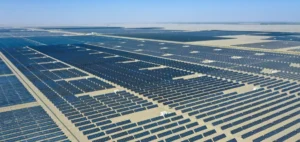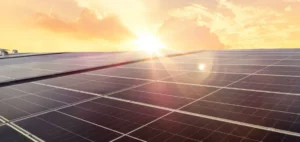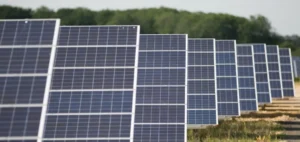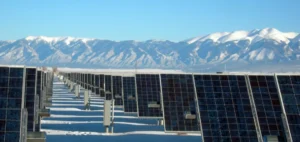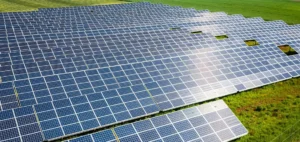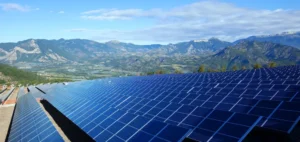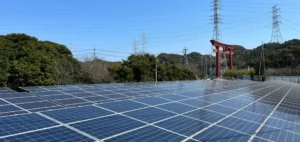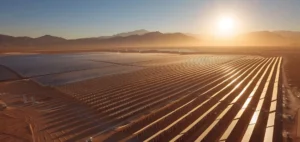QatarEnergy announces the construction of a 2,000 megawatt (MW) solar power plant in Dukhan, with the aim of increasing Qatar’s total solar capacity to around 4,000 MW by 2030.
This initiative is part of the company’s strategy to diversify its energy mix and reduce the country’s dependence on hydrocarbons.
With this new facility, QatarEnergy continues to invest in alternative energy sources, while maintaining its position in the regional energy market.
The Dukhan plant adds to Qatar’s existing capacity, already reinforced by projects such as the Al-Kharsaah solar power plant, operational since 2022 with 800 MW, and the Ras Laffan and Mesaieed facilities, which total 875 MW and are due to be commissioned by the end of the year.
Together, these infrastructures should enable the country to generate around 30% of its electricity from solar sources.
Energy strategy and resource diversification
The development of the Dukhan project not only aims to increase electricity generation from renewable sources, but also to support Qatar’s targets for reducing CO2 emissions.
According to statements by Saad Sherida Al-Kaabi, Minister of State for Energy Affairs and Chairman and CEO of QatarEnergy, the new solar capacity is expected to reduce carbon dioxide emissions by 4.7 million tonnes per year, contributing to the country’s decarbonization commitments.
This is in response to international pressure for more balanced and less polluting energy development.
QatarEnergy’s approach is in line with global trends in the energy sector, where major players are increasingly adopting diversified energy solutions to meet economic and geopolitical challenges.
Qatar’s historical dependence on hydrocarbons is being mitigated by a transition to a more diversified energy mix, with greater integration of renewable energies.
Increased capacity and impact on the energy market
The addition of the Dukhan plant represents a significant increase in installed solar capacity in Qatar.
The investment in this new infrastructure demonstrates QatarEnergy’s interest in large-scale projects, in line with its long-term ambitions in the clean energy sector.
This expansion of the solar portfolio goes hand in hand with improved resource efficiency and optimized power generation for the domestic and regional markets.
The initiative comes against a backdrop of intensifying competition in the energy market.
The Gulf States are seeking to diversify their sources of revenue and prepare for a future less dependent on fossil fuels.
Projects such as Dukhan reinforce Qatar’s attractiveness as a destination for investment in energy infrastructure.
Geopolitical issues and future prospects
The development of solar power generation in Qatar, alongside LNG (liquefied natural gas) exports, offers greater strategic flexibility.
By diversifying its energy portfolio, the country can better navigate a changing global environment, marked by uncertainties over oil and gas prices.
Through its solar projects, QatarEnergy aims to position itself not only as a leading LNG supplier, but also as a committed player in the energy transition.
This opens the door to further investment and partnership opportunities, notably with technology companies and financial players seeking to penetrate the Gulf market.
The increase in installed solar capacity could also encourage new regulations and policies favoring innovation and research in alternative energies.


